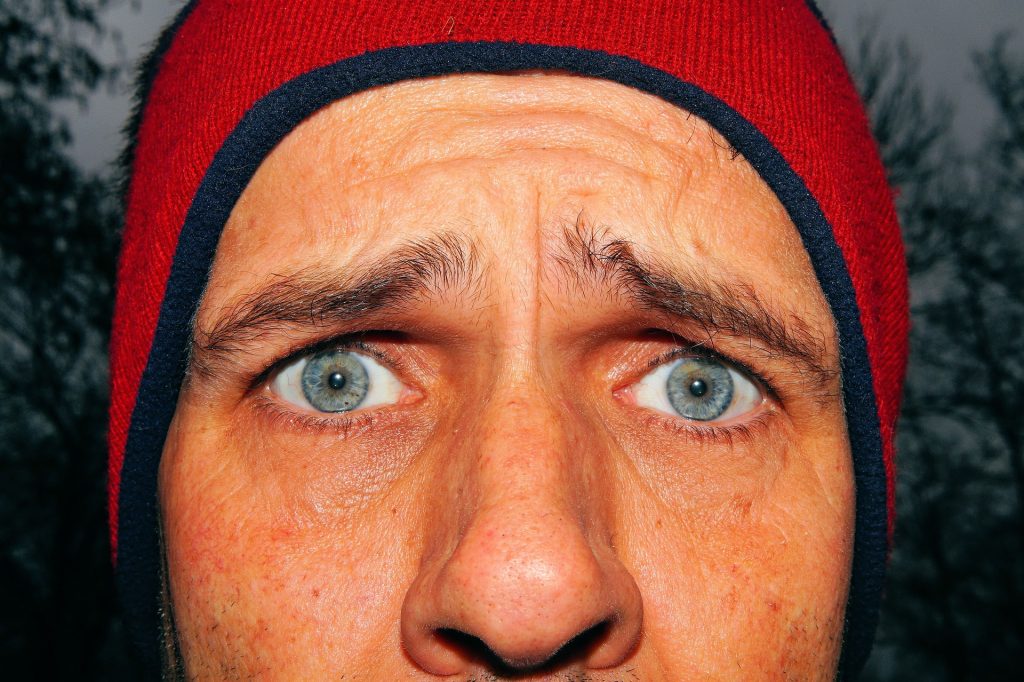This post is also available in Dutch.
Your eyebrows can tell much more than you might expect. It doesn’t matter if you keep them thin, arched or if you actually never bother: your eyebrows communicate. (I bet you are checking the shape of yours now). Raised eyebrows indicate that you are surprised. Lowered eyebrows, on the contrary, express that you are angry or suspicious. Eyebrow position is particularly relevant for those unable to speak or hear, who can use it to communicate their emotional states. It comes as no surprise that it is a key feature of sign languages, from one culture to another.
Eyebrows’ communicative role is relatively new, and it seems unique to modern humans.
According to anthropologists, modern humans lack the marked brow ridges typical of our ancestors. A more vertical forehead where eyebrows can move freely distinguishes humans from our ancestors. The reason behind this different facial feature is not so clear. It could be just a matter of space: as brain size grew during evolution, the human cranium reshaped itself and became a spacious eyebrow-friendly forehead.
A more interesting theory, so-called “gracilization”, hypothesizes otherwise. It is not space, but our species’ unique need for socialization that is to blame. In order to convey a message of social tolerance and an invitation to come together in groups, the human cranium became slenderer, or gracile, with a smaller brow ridge and readily observable eyebrows. These cranial changes are associated with increased levels of some hormones, like oxytocin, the ‘love’ hormone that is involved in socialization and bonding behaviour.
Modern eyebrows evolved as a tool to guide social communication and interaction. Could it go wrong?
Facial expressions, which involve eyebrow position and lip shape, aid everyday verbal communication. When these expressions do not match what you are saying with words, your listener can struggle to understand you. Individuals with autism, a condition that affects the way a person interacts with others, often present different facial expressions than those we are generally used to. As a result, these expressions appear ambiguous and may fail to convey the intended message to others. For those with autism, on the other hand, the facial expressions of their peers who don’t have the condition, are the ones that are difficult to grasp.
It is not only important how we use our eyebrows (and other facial features) during conversation but also how we read others.
The role of eyebrows in understanding others has become very evident in the past year, as facial masks blocked the lower part of our face, making it more difficult to communicate. Still, our eyes and (thin, arched, bushy) eyebrows were there to help us express our feelings.
Author: Martina Arenella
Buddy: Christina Isakoglou
Editor: Rebecca Calcott
Translation: Wessel Hieselaar
Editor translation: Felix Klaassen
Photo credits to Kapa65 via Pixabay
